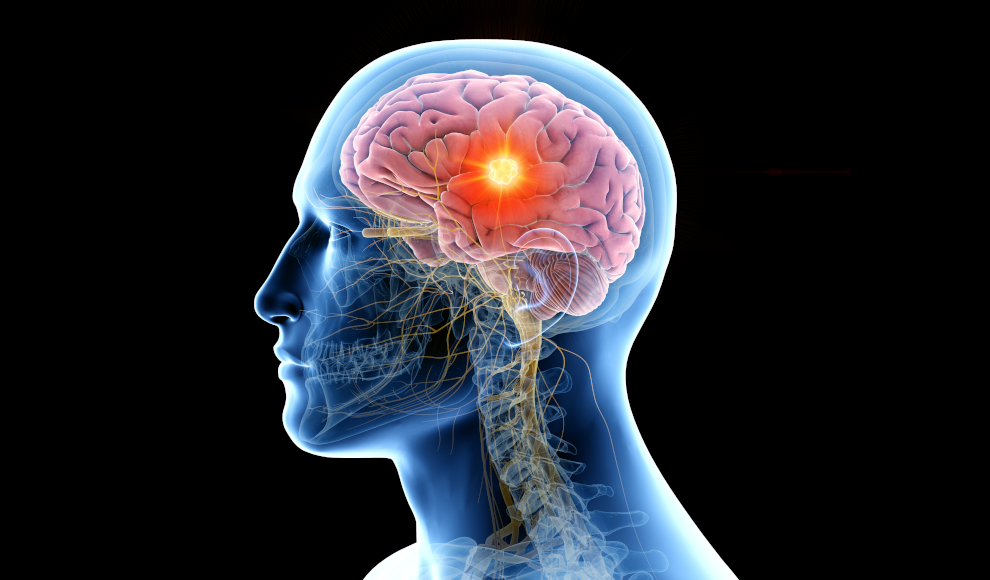Gender inequality has been found to have a significant impact on the structure of the brain, according to a recent study published in the journal PNAS. The study analyzed nearly 8,000 magnetic resonance images of human brains from 29 countries and found that in countries with high levels of gender inequality, women had significantly less thickness in the right side of the cerebral cortex than men. However, in countries with greater gender equality, there were no significant differences between the brains of men and women. The researchers noted that certain areas of the cerebral cortex, where differences were found, are associated with the ability to cope with difficulties and that these areas lose thickness during stress or depression.
While the study does not establish a direct causal relationship between gender inequality and brain structure, the researchers hope that their findings will contribute to the debate on political measures to reduce inequality. However, external experts have expressed caution about the study’s conclusions. Some have noted that the evidence for a correlation between reduced cortical thickness and physical violence is complex, and that the study’s findings may not be conclusive.
A recent study from the Harvard University-led Adolescent Brain Cognitive Development Study (ABCD) seems to indirectly support the findings of the PNAS study. The ABCD study analyzed data from more than 10,000 adolescents from 17 US states with significantly different living costs and social policies. Initial analyses of the data suggested that children from lower-income families had smaller hippocampi, a brain area central to memory and emotional learning, than their counterparts from wealthier families. Further analyses published in the journal Nature Communications in May suggest that in states with a more robust social system and lower socioeconomic disparities, the differences in brain development and mental health of children aged nine to eleven were less pronounced.
Overall, these studies highlight the importance of addressing gender inequality and socioeconomic disparities in order to promote healthy brain development and mental health. While the findings are not conclusive, they provide important insights into the impact of social factors on the brain and underscore the need for further research in this area.










